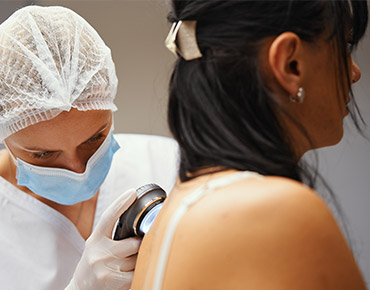Understanding the Tattoo Removal Process * Service Not Yet Available
Understanding the process of tattoo laser removal
Tattoos are a popular form of self-expression. However, over time, some people may wish to remove them.
Tattoo laser removal is a common method for this. It's a non-invasive procedure that uses laser technology to break down tattoo ink.
Understanding the process can help you make an informed decision. It's important to know what to expect, the potential risks, and the aftercare involved.
This article aims to provide a comprehensive guide to the tattoo laser removal process. It's designed for those considering this procedure and those simply curious about it.
By the end of this article, you'll have a clear understanding of the tattoo laser removal process.
What is Tattoo Laser Removal?
Tattoo laser removal is a procedure that uses laser technology to remove unwanted tattoos. It's a non-invasive method, meaning it doesn't involve any cuts or incisions.
The lasers work by breaking down the tattoo ink particles in the skin. These particles are then naturally eliminated by the body's immune system. The process is generally safe and effective, but it requires multiple sessions for complete removal.
How Does Tattoo Laser Removal Work?
The tattoo laser removal process begins with the application of a laser beam to the tattooed area. This laser beam is absorbed by the tattoo ink particles, causing them to heat up and shatter into smaller fragments.
These fragments are then gradually flushed out by the body's immune system over the following weeks. This is why multiple sessions are usually required, with each session spaced several weeks apart. The number of sessions needed can vary based on several factors:
- Size of the tattoo
- Color and type of the ink
- Depth of the ink in the skin
- Age of the tattoo
It's important to note that while the procedure can cause some discomfort, most patients compare it to the snap of a rubber band against the skin. Topical or local anesthetics can be used to manage this discomfort.
Services not yet available. Please check back soon for our official availability date and full menu of offerings.

